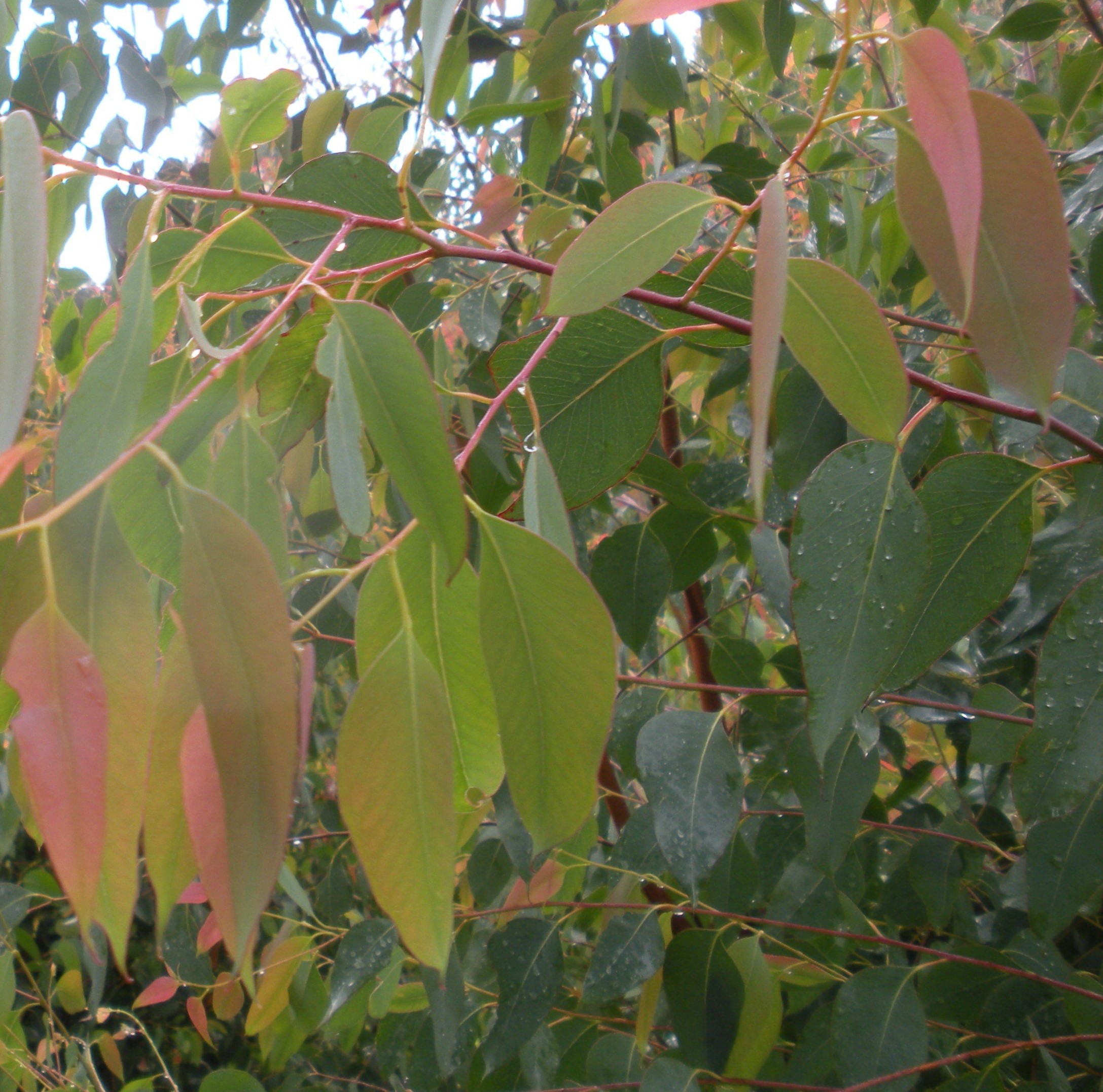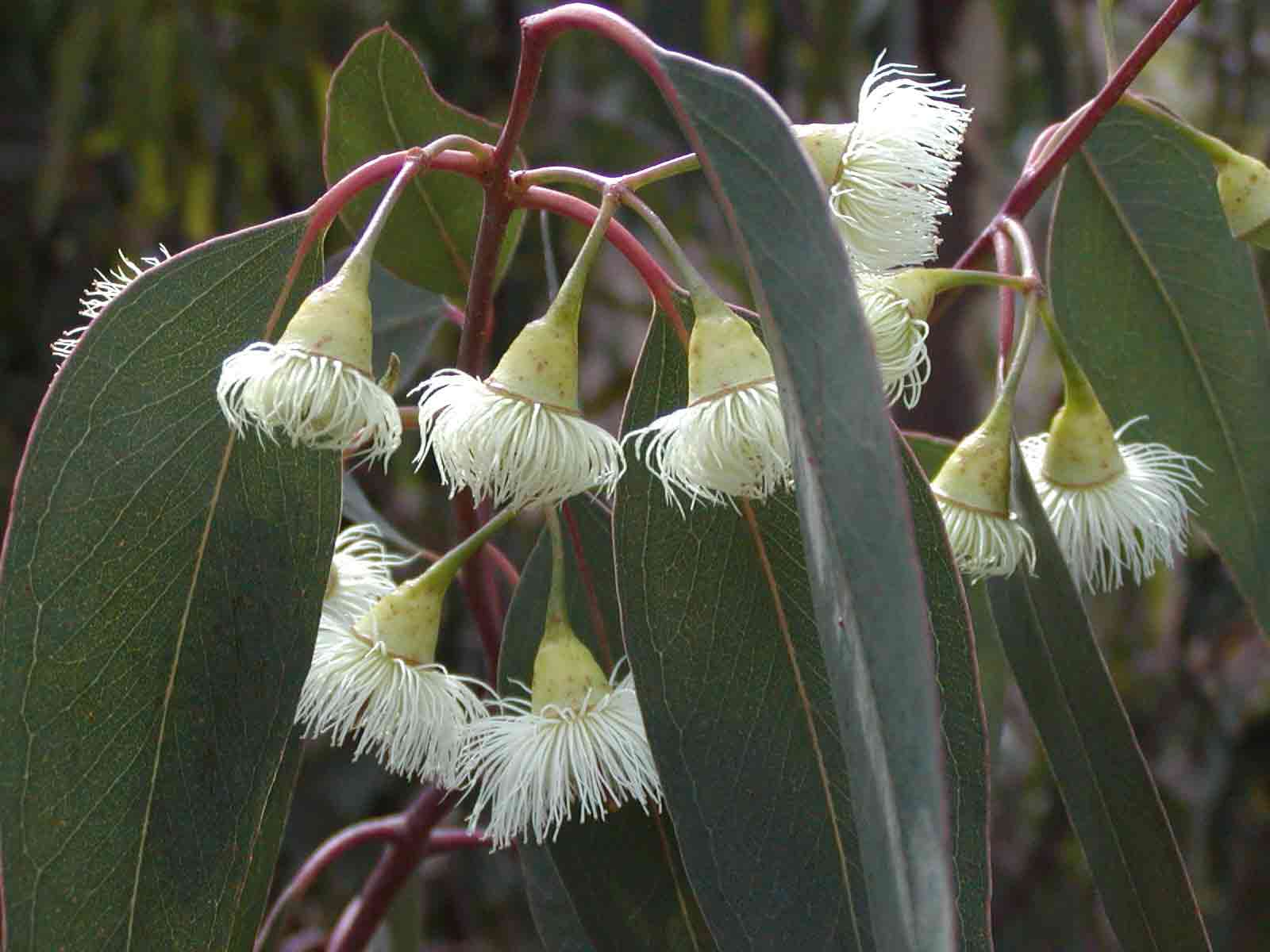Eucalyptus, a genus of over 700 species of flowering trees and shrubs, dominates landscapes across Australia and beyond. From its diverse species and unique adaptations to its widespread economic and cultural significance, the eucalyptus tree presents a compelling case study in botanical diversity and human interaction with nature. This exploration delves into the multifaceted world of eucalyptus, examining its ecological role, commercial applications, and cultural impact.
This report will cover the diverse species of eucalyptus, detailing their geographical distribution and unique adaptations. We will examine the extraction and properties of eucalyptus oil, exploring its medicinal uses and chemical composition. Furthermore, we will investigate the tree’s role in the ecosystem, its cultivation methods, and its significance in human culture and interactions with wildlife. The economic implications of eucalyptus plantations versus natural forests will also be discussed, along with sustainable harvesting practices.
Eucalyptus Species Diversity

Source: com.au
The genus Eucalyptus boasts a remarkable diversity, encompassing over 700 species, predominantly native to Australia and surrounding islands. Their remarkable adaptability has allowed them to colonize diverse habitats, resulting in a wide range of morphological and physiological variations.
Main Eucalyptus Species and Geographical Distribution
Some of the most prominent species include Eucalyptus globulus (commonly found in Tasmania and Victoria), Eucalyptus regnans (a giant species native to southeastern Australia), and Eucalyptus camaldulensis (the river red gum, widely distributed across inland Australia). These species illustrate the genus’s adaptation to varied climates, from coastal regions to arid inland environments.
Leaf Morphology Comparison
Leaf morphology varies significantly across Eucalyptus species. Eucalyptus globulus possesses large, ovate leaves with a bluish-grey hue, while Eucalyptus regnans exhibits lanceolate leaves, longer and narrower than those of globulus. Eucalyptus camaldulensis, adapted to drier conditions, has smaller, sickle-shaped leaves with a distinct greyish-green color. This variation in leaf shape and size reflects adaptations to different light intensities and water availability.
Adaptations to Various Climates
Eucalyptus trees have evolved a variety of adaptations to thrive in diverse climates. Drought tolerance is a key characteristic, with many species exhibiting features like thick bark for fire protection and specialized leaf structures to minimize water loss. Some species have developed strategies to cope with frost, while others have adapted to withstand intense sunlight and high temperatures. These adaptations highlight the genus’s remarkable evolutionary success.
Eucalyptus Species Characteristics
| Species Name | Native Region | Leaf Type | Typical Height (m) |
|---|---|---|---|
| Eucalyptus globulus | Tasmania, Victoria (Australia) | Ovate, bluish-grey | 30-55 |
| Eucalyptus regnans | Southeastern Australia | Lanceolate | 70-100+ |
| Eucalyptus camaldulensis | Inland Australia | Sickle-shaped, greyish-green | 20-30 |
| Eucalyptus citriodora | Queensland (Australia) | Lanceolate, aromatic | 20-30 |
Eucalyptus Oil and its Properties
Eucalyptus oil, renowned for its medicinal and aromatic properties, is primarily extracted from the leaves of various Eucalyptus species. Its composition and applications are diverse and have been extensively studied.
Eucalyptus Oil Extraction
Steam distillation is the most common method for extracting eucalyptus oil. Leaves are subjected to steam, releasing the essential oils which are then collected and purified. The yield and composition of the oil vary depending on the eucalyptus species and the environmental conditions under which it was grown.
Chemical Composition of Eucalyptus Oil
The principal component of eucalyptus oil is cineole (also known as eucalyptol), which typically constitutes 70-80% of the oil. Other significant components include α-pinene, limonene, and various other terpenes and esters. The precise chemical composition influences the oil’s therapeutic properties and aroma.
Medicinal Uses of Eucalyptus Oil
Numerous studies have demonstrated the effectiveness of eucalyptus oil in treating respiratory ailments. Its expectorant and decongestant properties are well-documented, providing relief from coughs and colds. Antimicrobial and antiviral activities have also been identified, supporting its use in treating infections. However, it’s crucial to note that while promising, further research is always needed to fully understand the mechanisms and efficacy.
Infographic: Eucalyptus Oil Uses and Benefits
An infographic illustrating the uses and benefits of eucalyptus oil would feature icons representing its applications: respiratory health (cough relief, decongestion), aromatherapy (stress reduction, relaxation), topical use (muscle pain relief, antiseptic properties), and a key highlighting its main components (cineole, etc.) with brief descriptions of their effects. A visually appealing color scheme would enhance clarity and memorability.
Eucalyptus in the Ecosystem
Eucalyptus forests play a vital role in supporting biodiversity and maintaining ecological balance. Their unique characteristics influence a wide range of symbiotic relationships and contribute to the overall health of the ecosystem.
Role in Supporting Biodiversity
Eucalyptus trees provide habitat and food for a diverse array of species. Their flowers attract pollinators like bees and birds, while their leaves serve as food for numerous insects and other invertebrates. The complex structure of eucalyptus forests creates diverse microhabitats, supporting a rich tapestry of life.
Symbiotic Relationships
Eucalyptus trees engage in various symbiotic relationships. Mycorrhizal fungi form associations with their roots, enhancing nutrient uptake. Certain insects, such as psyllids, form specific relationships with particular eucalyptus species, impacting the tree’s growth and reproduction. These interactions illustrate the intricate web of life within eucalyptus ecosystems.
Environmental Challenges Facing Eucalyptus Forests
Eucalyptus forests face numerous environmental threats, including deforestation, habitat fragmentation, invasive species, and climate change. These pressures impact biodiversity and the overall health of these ecosystems. Sustainable management practices are crucial for mitigating these threats.
Conservation Efforts for Eucalyptus Ecosystems
- Establishment of protected areas and national parks
- Sustainable forestry practices, including selective logging and reforestation
- Control of invasive species
- Research into climate change impacts and adaptation strategies
- Community engagement and education programs
Eucalyptus Cultivation and Uses
Eucalyptus trees are cultivated extensively for commercial purposes, providing a valuable source of timber, pulpwood, and essential oils. However, sustainable practices are crucial to minimize environmental impact and ensure long-term viability.
Methods of Eucalyptus Cultivation
Eucalyptus cultivation involves planting seedlings or cuttings in prepared sites. Proper soil preparation, irrigation, and fertilization are essential for optimal growth. Pest and disease management are also critical aspects of successful cultivation. The choice of species depends on the intended use and the environmental conditions.
Economic Benefits: Plantations vs. Natural Forests
Eucalyptus plantations offer economic benefits through the production of timber and other products. However, the ecological value of natural forests often surpasses that of plantations in terms of biodiversity and carbon sequestration. Sustainable management strategies aim to balance economic gains with environmental protection.
Uses of Eucalyptus Wood
Eucalyptus wood is used extensively in construction, furniture manufacturing, and pulp and paper production. Its durability and strength make it suitable for various applications. The specific properties of the wood vary depending on the species, influencing its suitability for different uses.
The aromatic scent of eucalyptus, often associated with Australian landscapes, might surprise you with its unexpected connection to savvy travel planning. For those seeking cost-effective car rentals, discovering hidden savings is key, and learning about the often-overlooked advantages is crucial; check out this article on what you didn’t know about Costco auto rental exposed the secrets you can’t miss to maximize your travel budget.
Ultimately, planning a trip, whether near a eucalyptus grove or far away, benefits from smart choices, just like choosing the right rental car.
Sustainable Harvesting of Eucalyptus Wood
Sustainable harvesting practices involve selective logging, replanting, and careful management of forest resources. Certification schemes, such as the Forest Stewardship Council (FSC), promote responsible forestry practices and ensure the long-term health of eucalyptus forests. Minimizing waste and maximizing resource utilization are key components of sustainable harvesting.
Eucalyptus and Human Culture
Eucalyptus trees hold cultural significance in various parts of the world, reflecting their historical importance in medicine, art, and daily life.
Cultural Significance of Eucalyptus
In Australia, eucalyptus trees are deeply embedded in Aboriginal culture, with various species holding spiritual and practical significance. Their use in traditional medicine and ceremonies highlights their long-standing relationship with indigenous communities. In other parts of the world, eucalyptus has been adopted for its aesthetic and utilitarian values.
Traditional Uses of Eucalyptus
Traditional uses of eucalyptus include medicinal applications, such as treating respiratory illnesses and wounds. Its leaves were often used for infusions and poultices. The wood has also been employed in construction and toolmaking.
Artistic Representations of Eucalyptus
Eucalyptus trees have inspired artists and writers, appearing in paintings, sculptures, and literature. Their striking forms and vibrant colors have made them popular subjects, reflecting their beauty and cultural importance.
Timeline of Human Interaction with Eucalyptus

Source: resendizbrothers.com
- Prehistoric times: Aboriginal Australians utilize eucalyptus for medicinal and practical purposes.
- 18th century: European colonization of Australia leads to increased awareness and use of eucalyptus.
- 19th century: Eucalyptus is introduced to other parts of the world for its medicinal and commercial values.
- 20th century: Extensive cultivation of eucalyptus for timber and pulpwood.
- 21st century: Growing focus on sustainable eucalyptus management and conservation.
Eucalyptus and Wildlife
Eucalyptus trees form the foundation of many ecosystems, supporting a diverse array of wildlife through providing food, shelter, and habitat.
Interactions Between Eucalyptus and Animal Species
Koalas are perhaps the most iconic example of an animal closely associated with eucalyptus. Their diet consists almost entirely of eucalyptus leaves, demonstrating a specialized relationship. Numerous insects, birds, and mammals rely on eucalyptus for food, shelter, or nesting sites.
Impact of Eucalyptus Forests on Animal Habitats
Eucalyptus forests provide crucial habitat for a wide range of species, influencing biodiversity and ecological processes. The structure and composition of these forests directly impact the distribution and abundance of various animal populations.
Animals Relying on Eucalyptus
Many animals rely on eucalyptus for survival. Koalas, as mentioned, are highly specialized. Various bird species nest in eucalyptus trees, while insects feed on their leaves and flowers. Possums and other marsupials utilize eucalyptus for shelter and food.
Animals and their Relationship with Eucalyptus Trees
| Animal | Relationship with Eucalyptus | Specific Species | Impact |
|---|---|---|---|
| Koala | Food source | Phascolarctos cinereus | Highly specialized diet |
| Various Insects | Food source, habitat | Many species | Pollination, decomposition |
| Birds | Food source (nectar, insects), nesting sites | Many species | Seed dispersal, pollination |
| Possums | Shelter, food source | Various species | Seed dispersal |
Summary
From its breathtaking diversity and unique adaptations to its crucial role in ecosystems and its multifaceted uses by humans, the eucalyptus tree stands as a testament to the intricate relationship between nature and society. Understanding its ecological significance, economic value, and cultural importance is paramount for ensuring the sustainable management and conservation of this remarkable genus for generations to come.
Further research into sustainable harvesting techniques and the long-term effects of eucalyptus cultivation remains crucial for responsible stewardship of this vital resource.
